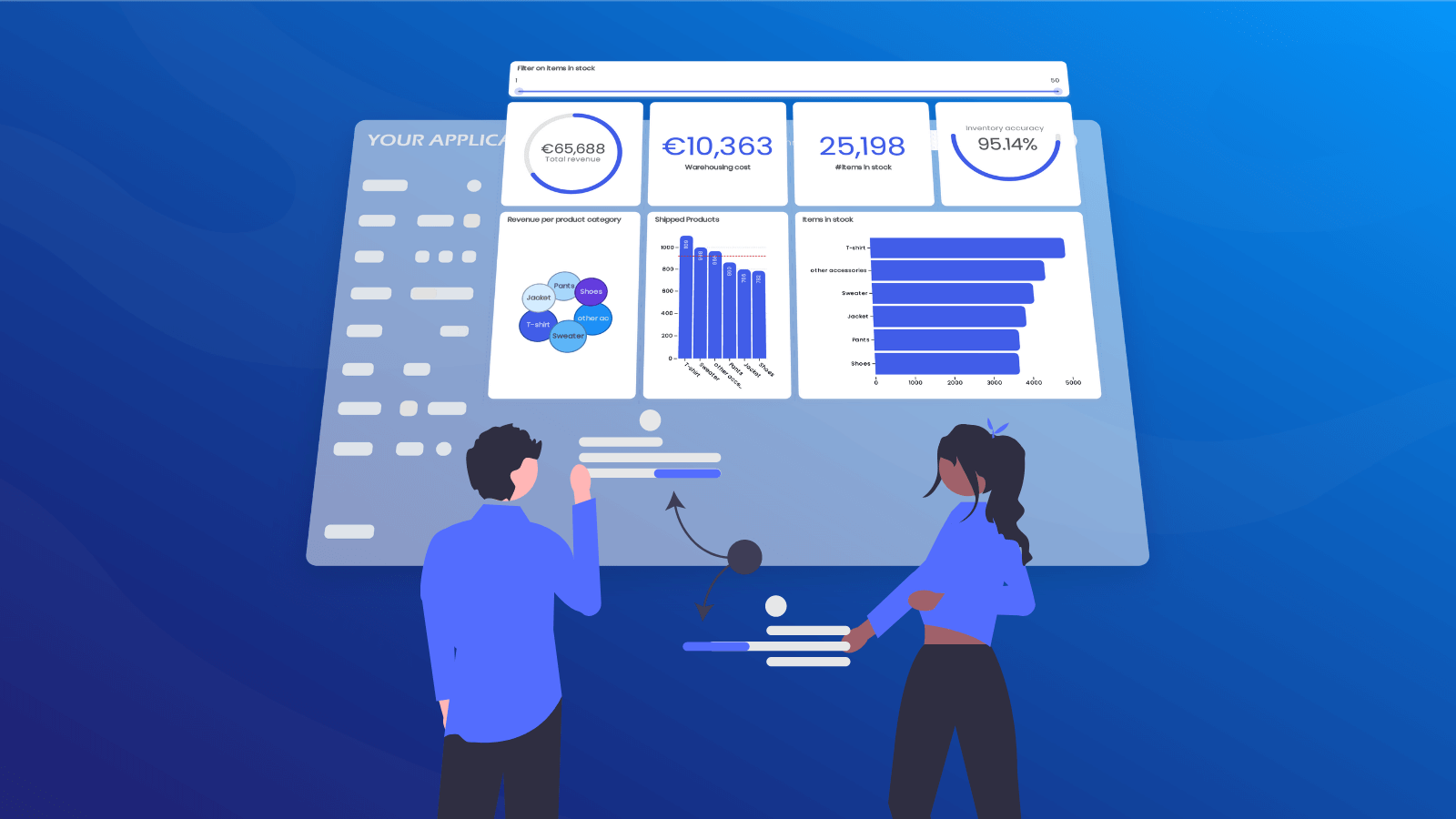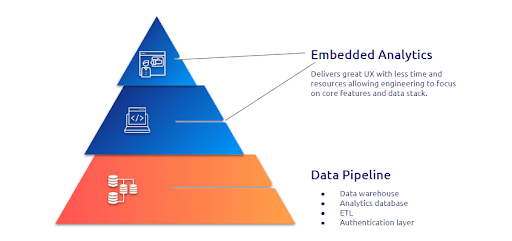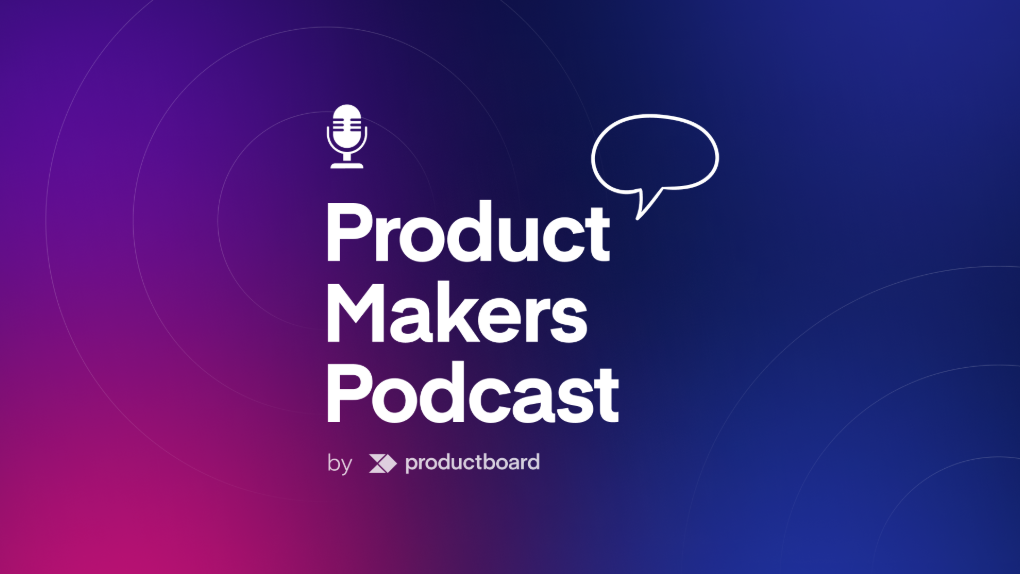How to build a roadmap for customer-facing analytics

A customer-facing analytics roadmap in 3 steps
Customer-facing analytics is one of the most under-delivered product feature sets in SaaS. In 9 out of 10 SaaS platforms, SaaS users lack smart insights to help them make confident business decisions.
This need for easily consumable insights is an untapped opportunity for SaaS vendors. Your customers are 23x more likely to drive new business when making data-informed decisions. Without these business-critical insights, they risk losing millions of dollars due to inefficient processes like wasted advertising budget, supply chain disruptions, or undetected fraud.
But as important as it is, building a client-facing dashboard can feel like a daunting task. If you don’t know where to start, we’ll guide you in setting up your roadmap for success.
Step 1: Research and planning
Everyone loves engaging charts that help you steer your next move. It’s how your customers envision a good customer analytics experience.
But to build impactful visualizations, a clearly scoped project with these three well-defined requirements is key:
- Business requirements
- Technical requirements
- Project and resource requirements
First off, to define a successful MVP, you’ll need to scope your business requirements.
- What are the main problems we solve for our customers? (e.g. “improve customer satisfaction” for customer support software)
- What metrics are essential business indicators of success? (e.g. direct success metrics like NPS)
- Which metrics are secondary indicators? (e.g. tactical metrics like ticket resolution time)
- Where in our application are users taking action? (e.g. overview dashboard, open tickets page)
Gather customer feedback – e.g. through customer surveys, support tickets, product analytics – to understand how your customers make decisions and which metrics are fundamental in the process. This will help you answer the essential questions that scope out your MVP.
Once you have a good sense of the business requirements, start mapping out the tech stack you’ll need to build out a scalable MVP.
- Are we currently capturing the data points our customers need?
- If not, how will we capture, model and store these data points?
- How and where do we currently store our data?
- Can our data warehouse handle analytical queries?
- Do we have the internal expertise and resources to develop visualizations, or will we leverage off-the-shelf embedded analytics software?
- Is our data infrastructure future-proof to cope with a growing amount of users and data?
Even in the MVP stage, building a durable, scalable data infrastructure is essential. The danger of short-term thinking for your tech stack is building up technical debt and resource-intensive migration projects.
Finally, once you’ve defined the technical and business requirements, it’s time for project and resource planning. According to the Product Excellence Report, only 41% of product professionals say they’re able to successfully keep their roadmaps up-to-date. A solid plan will set expectations and ensure on-deadline delivery.
- Who on the team needs to be involved?
- Will other projects affect the availability of resources?
- What is the budget for the project?
- Which deadlines or time restrictions apply?
- How will we set OKRs and measure the success of our MVP?
Step 2: Building a roadmap for your MVP
With solid preparation, you can now start building a more detailed product roadmap for your MVP. Here are five important milestones for any customer-facing analytics offering:
- Data management: in this phase, you’ll set up or optimize an infrastructure that collects the data points you need for the MVP.
- Data transformation: with the data points collected, you can now execute the data transformations needed to extract the information your customers want. This process will make your data ready to be queried and visualized.
- Data visualization: pick out the proper visualizations that fit each metric. Decide on the degree of interactivity and control for end-users. In this phase, you ensure a smooth user experience to help customers get the most insights out of their data.
- Integration: prepare for the final deployment to expose your data visualizations. Set up user access rights, so every user gets to see the data they are allowed to see. Embed the insights in the parts of your application where users take action. You’ll ensure data-driven decision making becomes part of your customer’s daily business processes. In terms of user experience, this is the icing on the cake!
- Pricing and go-to-market strategy: finally, you’ll prepare the commercialization of your MVP. Define the pricing model and prepare the necessary marketing plan and materials for a soft launch, beta program or market launch.
A strong foundation is essential, so focus your engineering resources on delivering a future-proof data pipeline (milestone 1 and 2). If engineering resources are scarce, you can consider embedded analytics software to deliver a stellar user experience in a fraction of the time.

Step 3: Improve and iterate with customer feedback
Like with any product release, customer-facing analytics is not a one-and-done feature. Start off with an MVP to validate your offering and gather customer feedback. This feedback will allow you to iterate and improve your product in a meaningful way.
We advise limiting an MVP to 1-3 reports. Once you’ve gathered user feedback and usage statistics, you can start building more advanced analytics offerings. For example:
- Offer different insights based on the persona using your application
- Offer different insights within different product offerings of your software
- Let power users edit canned reports or even create their own dashboards
Every SaaS business is different, so the approach that works for you will largely depend on your product vision and your customer’s needs. Roadmapping tools can help you confidently prioritize based on customer feedback and other internal priorities or metrics.
A complex process made easy
Building customer-facing analytics from scratch can seem daunting at first. But with a structured project plan, your chances of succeeding increase drastically.
There are plenty of tools and resources out there that can help you all the way through planning, prototyping, deployment and iteration.
Want to take your customer-facing analytics to the next level? Check out this helpful guide on how to build a winning SaaS analytics experience with less time and resources.





